Amyloid Precursor Protein (APP) is a type-I transmembrane protein with enriched expression in neuronal tissues. APP undergoes sequential proteolytic processing through two distinct pathways: 1) the amyloidogenic pathway that generates Amyloid Beta (Aβ) and 2) the non-amyloidogenic pathway that precludes the generation of Aβ. Aβ is generated when APP is cleaved by β-secretase, followed by cleavage from γ-secretase, while APP cleavage by α-secretase followed by γ-secretase does not generate Aβ peptide. The amyloidogenic pathway is associated with an accumulation of the neurotoxic Aβ peptide and is associated with Alzheimer's disease and other neurological diseases. BioLegend is proud to offer a wide range of high quality, well-characterized products to support research into the mechanism of neurological processes and its implications in neurodegenerative diseases.

 Login/Register
Login/Register 



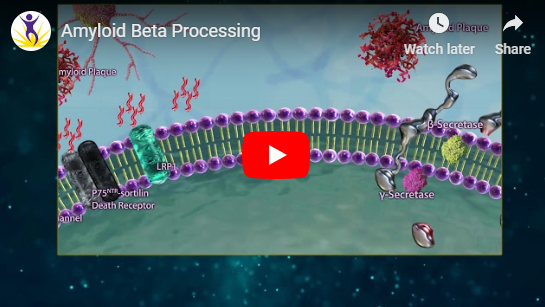
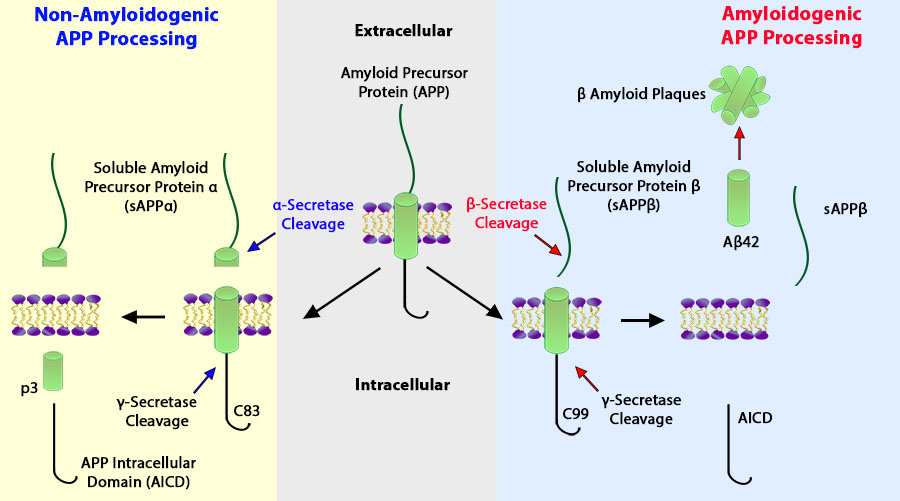
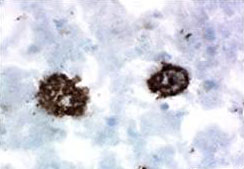
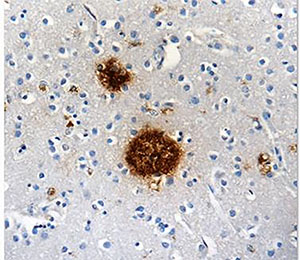
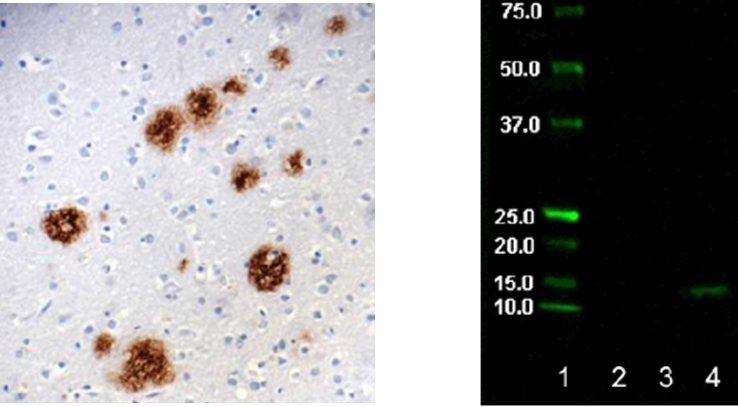



Follow Us